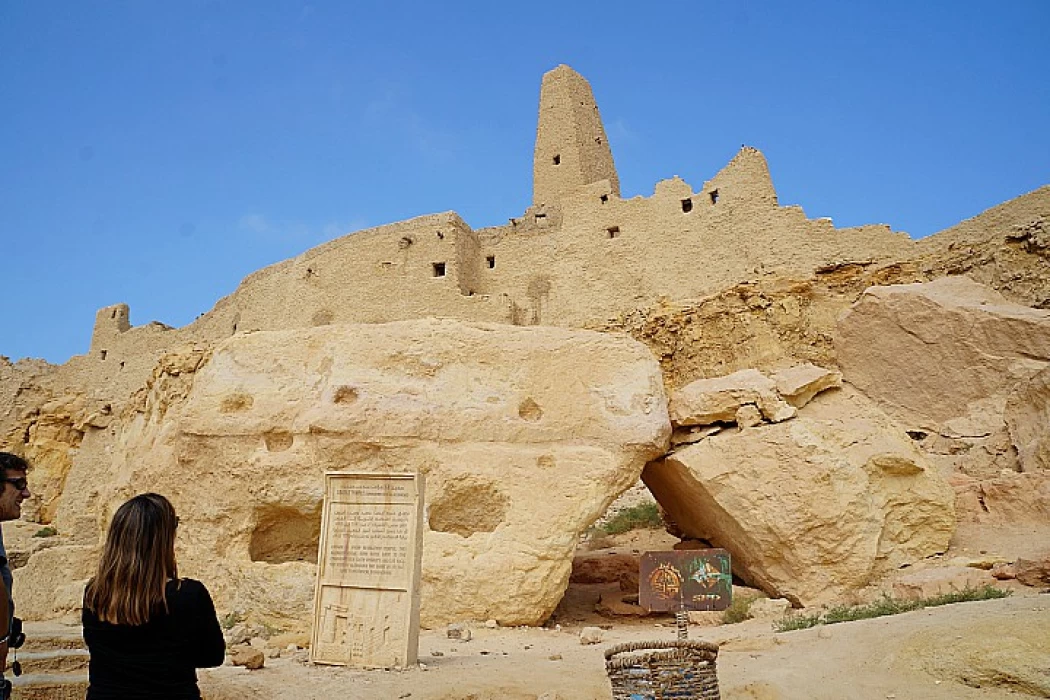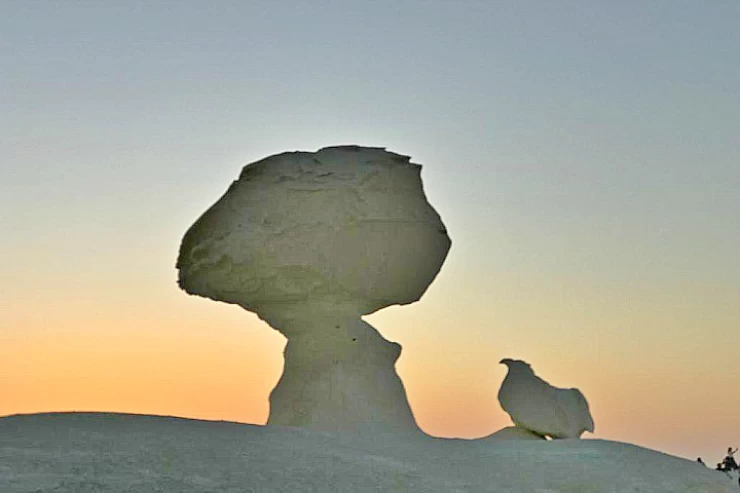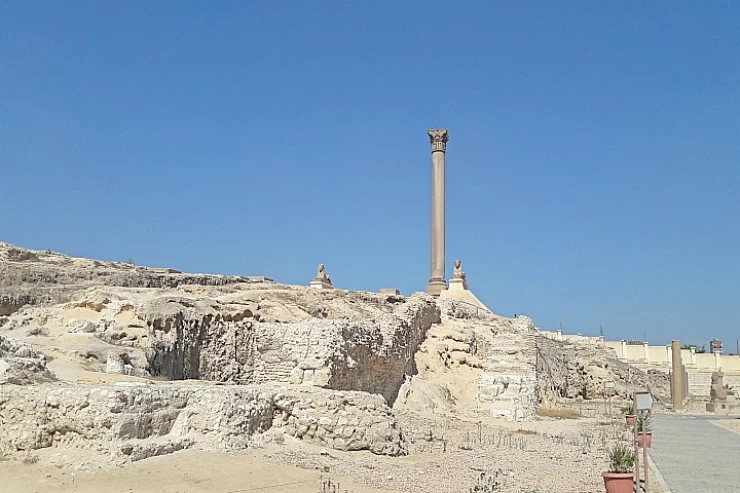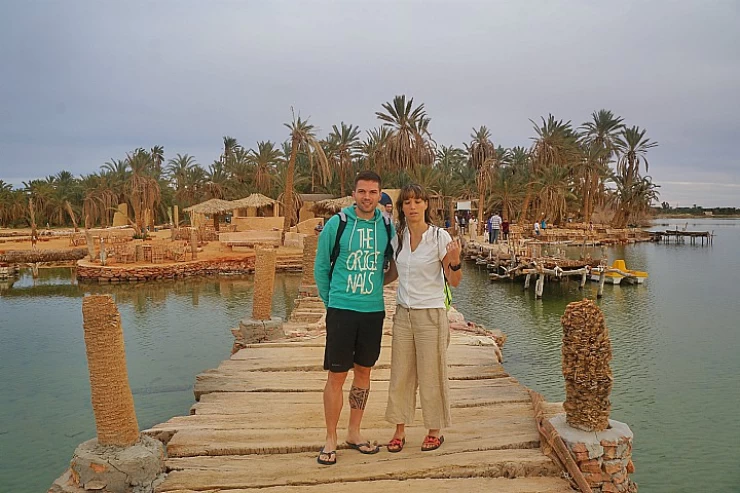
Siwa Oasis | Western Desert Oasis of Siwa
Facts about Siwa Oasis
Siwa was known as Penta, and we find this name in one of the texts known in the Edfu Temple, then it was called the Oasis of Amun and continued to bear this name until the era of the Ptolemies, who called it Santaree, then the Arabs called it the Al-Aqsa Oasis, and it was inhabited by a group of Berbers who spoke the Siwi dialect and continued to be an oasis until the Arabs entered it in the seventh century AD and since that time Islam entered Siwa and was not subject to Islamic rule except in the Fatimid era. It was officially declared a nature reserve in 2002.
Before 2900 B.C., a group of Libyans known as the Timhu or Tanhu people used to attack the Mediterranean, and they used the Siwa Oasis as a center for their march on Egypt, so King Sneferu The last king of the Third Dynasty attacked and captured the oasis to protect it from the Libyans. In 1970 BC, Libyan tribes raided the Sea Face via Siwa, and King Sesostris, the second king of the Twelfth Dynasty, fought them, sending them back to their country in defeat. In 1547 BC, the Libyans attacked Egypt, taking advantage of its ruler's preoccupation with the war in Nubia, but King Amenhotep I inflicted heavy losses on them. During the reign of King Menteftah, the pharaoh repelled the Libyans' attack by land and sea.
After the Persian conquest of Egypt, Cambyses sent his army to occupy Siwa, where the priests of the god Amun had predicted a doomed end for him. He prepared an army of 50,000 soldiers to destroy the temple of Amun and occupy the oasis, but the army lost its way and perished in the desert and did not reach Siwa. After this incident, the priests' prophecy came true, and Cambyses fell ill and died.
After Alexander the Great entered Egypt and established the city of Alexandria, he decided to visit the temple of Amun in Siwa, which had become famous after the incident with Cambyses' army. In the winter of 331 BC, Alexander arrived at the temple of Amun in Siwa and was escorted by the high priest to the Holy of Holies - a dark chamber that only the high priest and the king could enter - and none of his assistants were allowed to accompany him. When Alexander emerged from the temple, he seemed relieved and refused to say what had happened inside, telling his friends only, “I have heard what my heart desires.”
In the Middle Ages, Siwa remained independent in its civilization and lifestyle after the Islamic conquest of Egypt. Commander Musa bin Nusayr tried to conquer it in 708 AD during the Umayyad era as the governor of North Africa, so he moved to it and found a city surrounded by a great fortress with iron gates, but he found it difficult to enter it and left it, and it is likely that the introduction of the Islamic religion to Siwa was before the end of the first century AH. In 969 AD, Fatimid armies captured the oasis.
In the modern era, in February 1820, Muhammad Ali Pasha prepared an expedition of 1,300 soldiers led by Hassan Bey Al-Shamasharji to conquer Siwa, and fighting broke out between the forces and the people of the oasis that ended with the victory of Muhammad Ali's forces and their recognition of loyalty to the Egyptian government. In the modern era, the Axis armies entered and occupied the oasis on July 20, 1942, and their evacuation on November 8, 1942 after being defeated in the Battle of Alamein.
Siwa Oasis is an oasis situated 10 m under sea level in a depression between Qattara Depression and the Great Sand Sea and only about 60 km from the borders of Libya, 350 km from Marsa Matrouh on the north coast of Egypt, and about 600 km from the capital of Egypt, Cairo.
Siwa is one of the most unique oases in Egypt; it contains Bedouin villages and two salt lakes, Siwan Lake and El-Zeitoun Lake, and is famous for the existence of the Temple of Alexander the Great, which is also known as the Temple of the Oracle.
The area of Siwa Oasis is 80 km in length and 20 km wide, and the population is around 7000 inhabitants, all of whom are a mix of Libyan and Tunisian tribes that have their own language, the Amazigh language.
Siwa Oasis contains hot water springs like Cleopatra Spring, Bir Wahid, and other springs that come out from the bottom of Dakrour Mountain and other mountains. Siwa Oasis is considered one of the most interesting oases in Egypt due to its culture and history.
The income in Siwa mainly comes from the agriculture of dates and olives, and thanks to the underground natural water, they have big factories for bottled and mineral water. They depend also on the tourism industry after being famous for temples and sites that date back to the ancient Egyptian epoch.


















